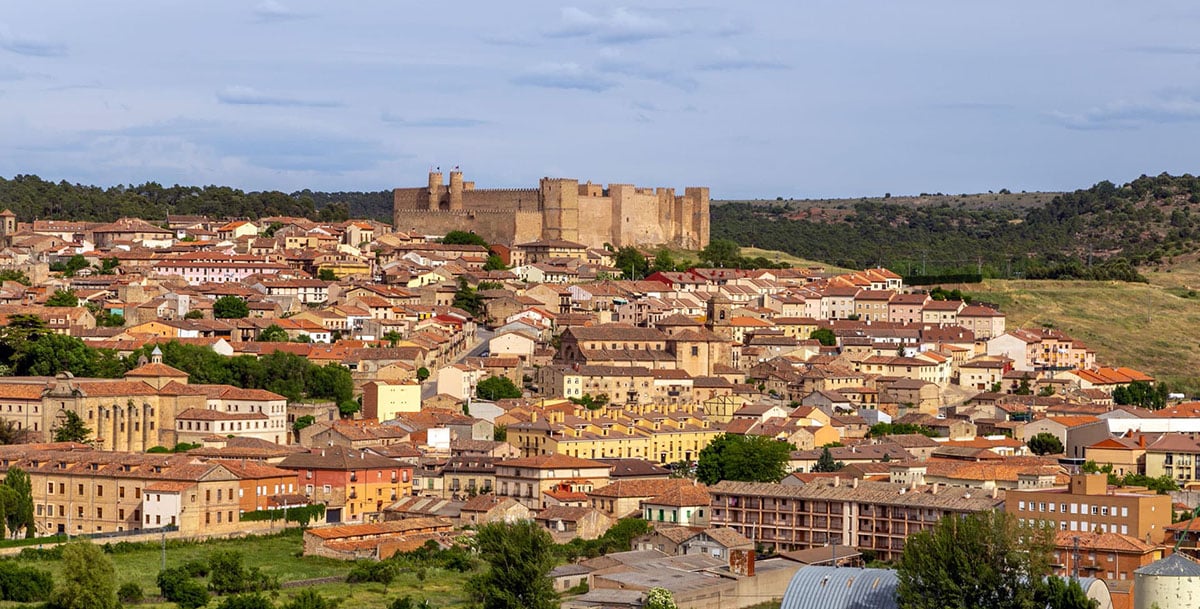
The city of Guadalajara is in Spain, within the autonomous community of Castilla la Mancha, and behind Albacate is the city with the largest population in the community.
Guadalajara it is very old and its foundation dates back to the times of the Arab occupation. Territory always in conflict, it had its splendor around the XNUMXth century and many of the treasures that today attract tourists come from those years. Let's see what to see in Guadalajara.
Guadalajara

As we said, it is a very old city that It was founded by the Arabs, but reconquered by the army of Alfonso VI of León, although peace was not something permanent and since then and for many more years the lands were a site of conflict, a reflection of the, in turn, conflictive Spanish political life.
The Civil War era and the years after the end of World War II were far from good. The lack of industrial development and depopulation complicated its situation, until better winds blew when it was included in the development plans to decongest Madrid.
Guadalajara, for more information if you are not a Spanish reader, is in the center of the peninsula, in the Henares river valley, 58 kilometers from Madrid.
What to see in Guadalajara
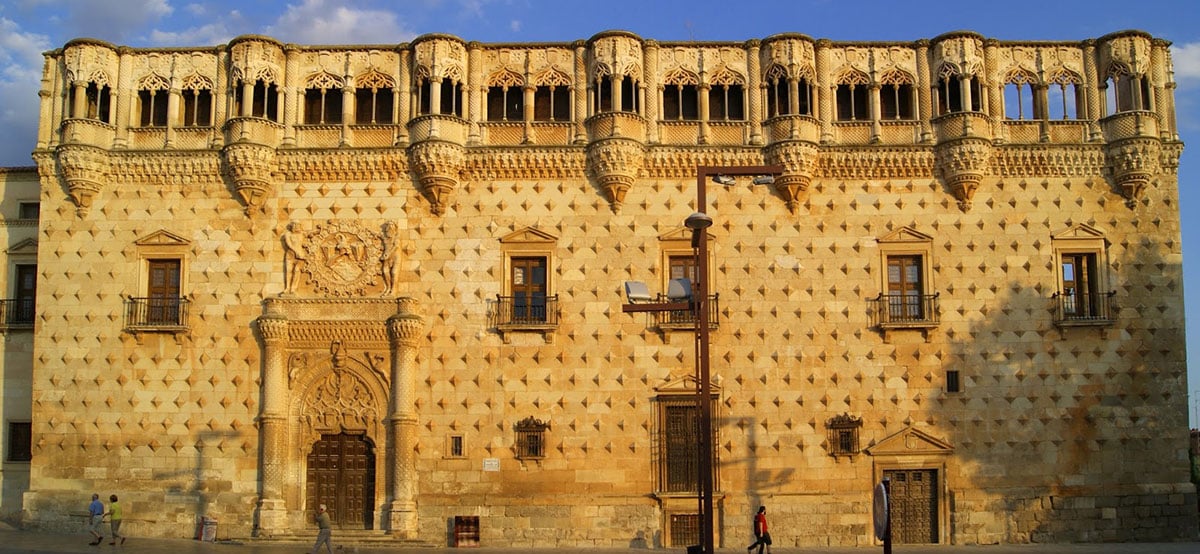
The Mendoza family was the most important family in the city for a long time, and you can see their wealth in the Infantado Palace, the ducal residence.
The original construction is gothic style with some mudejar details, and construction began in 1480 by the second duke. Years later, the fifth duke gave him a renaissance tone with new columns in the Patio de los Leones, frescoes in many internal rooms and balconies on the façade.
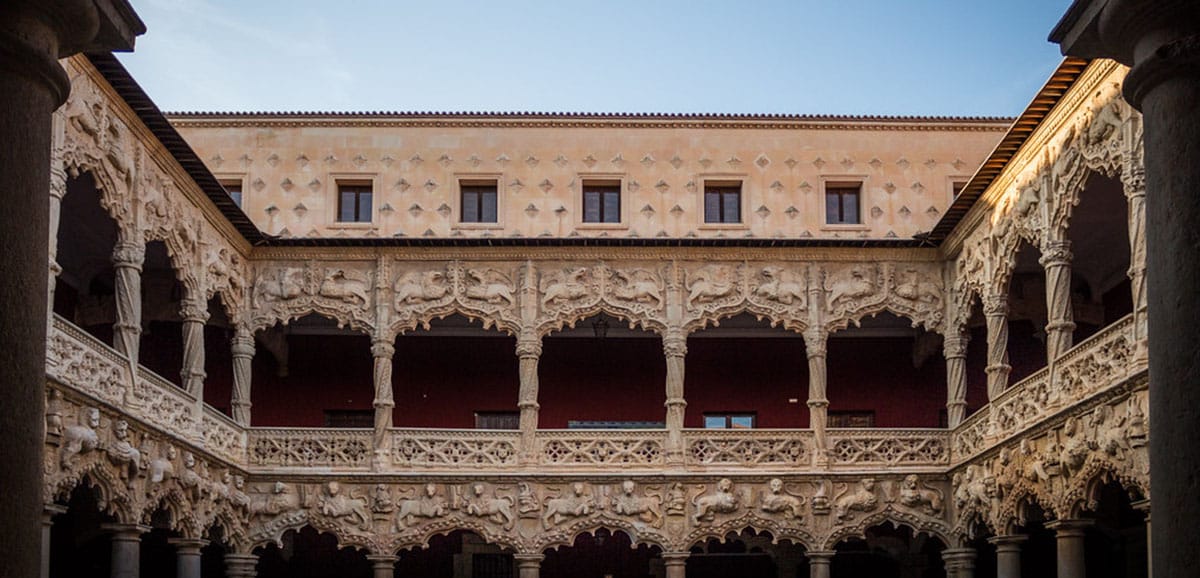
A bombardment in 1936 destroyed it, but in the 60s its most important places (the Garden Gallery, the façade and the Patio de los Leones) were restored and today the building It is the headquarters of the Museum of Guadalajara. You can find it in Plaza de los Caídos, 13.
Another elegant building is the Palace of Antonio de Mendoza, today high school. The building is Renaissance and was built in the XVI century although some neoclassical reforms were added some time later.
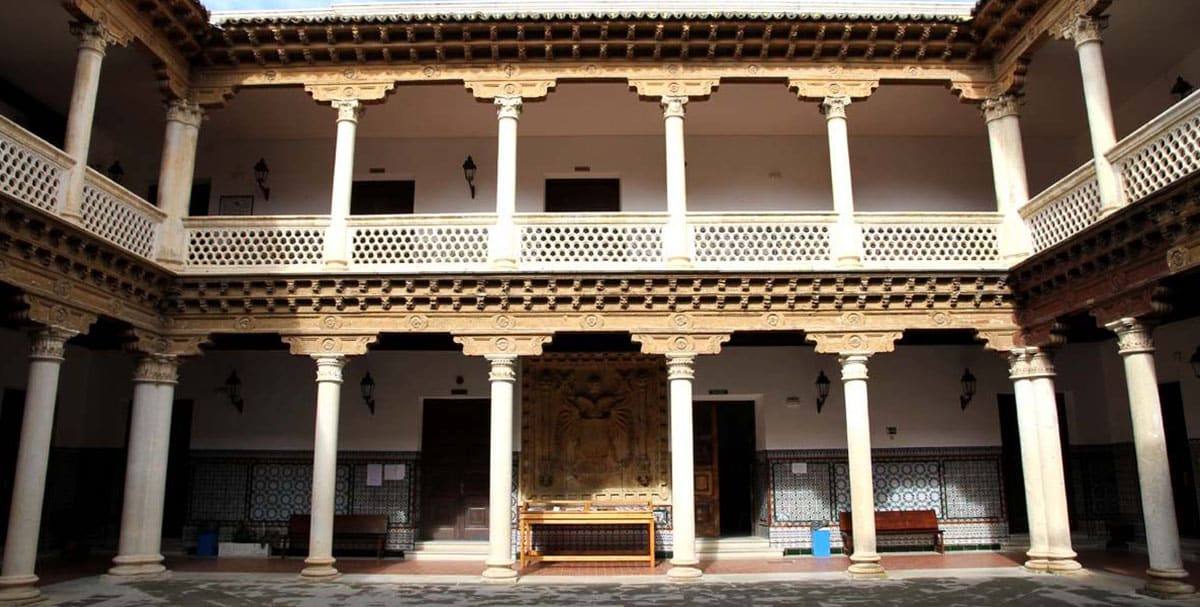
The palace is a Well of cultural interest and on weekends there is a free tour guide service to get to know it better. It used to be, before a school, a palace, a convent, museum, jail and local council and inside the guide will show you a XNUMXth century church, an original coat of arms of Carlos V and the tomb of Brianda de Mendoza.
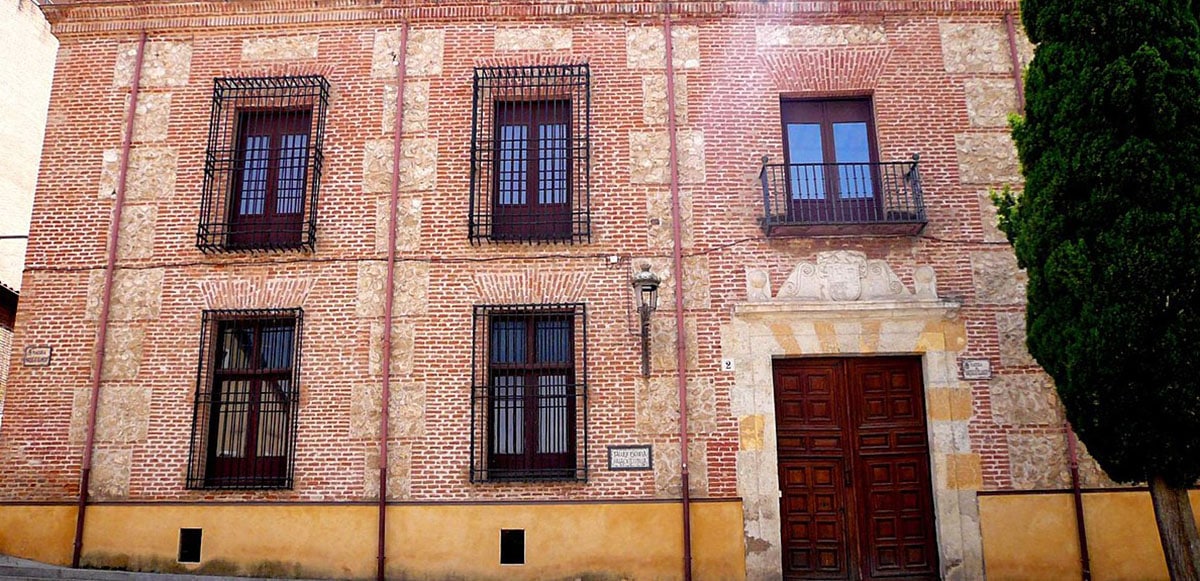
Another palace that you can get to know is the palace of the Marquises of Villamejor, known as the Cotilla Palace. It was built in the century XVII and it is a beauty with two floors, with a simple façade and an Andalusian-style internal patio, well lit and spacious, which is marvellous.

Inside a really charming room is the tea Room. Tea and silk came from China so it is common to see little rooms like this one decorated in oriental style. In this case, the entire room has wallpaper on the walls recreating Chinese scenes. You pay 1 euro to enter, although the entrance to the palace is free.
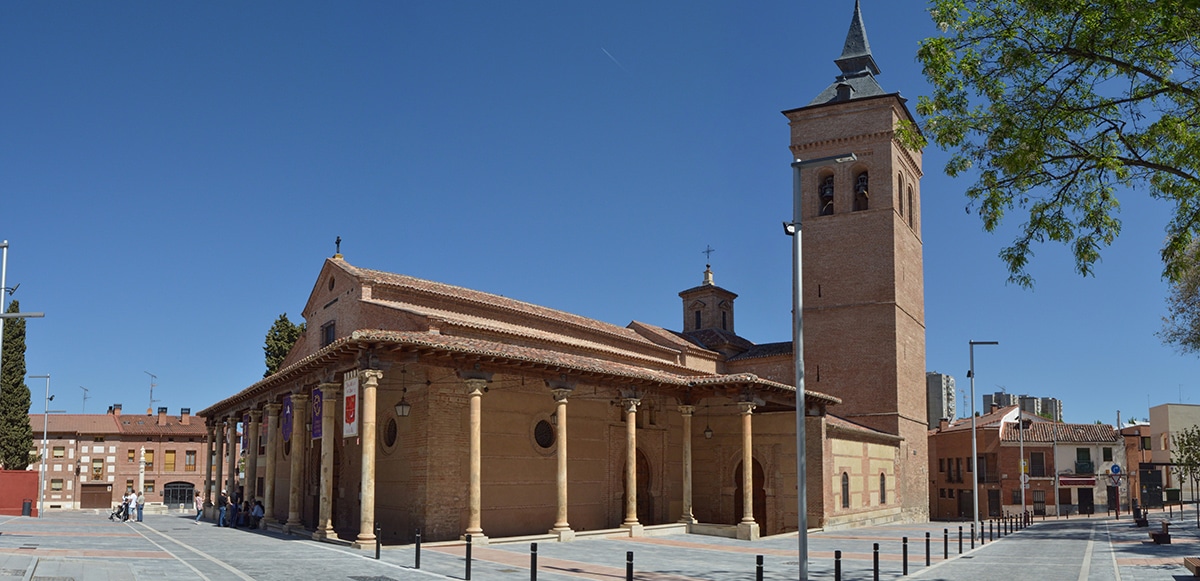
La Guadalajara Co-Cathedral was built in the century XIV on an old mosque. It has a bell tower with eight bells, three naves and an altarpiece by Francisco Mir. It is an impressive site and in the visit you can include the Chapel of Luis de Lucena which is right next door.
This chapel, also called Nuestra Señora de los Ángeles or Urbina, it was built in the XNUMXth century and today houses a museum. To enter you must pay 3 euros, but inside there is a guide who tours the collection, also telling you everything related to the history of the building, which although it is very simple on the outside, is very beautiful on the inside.
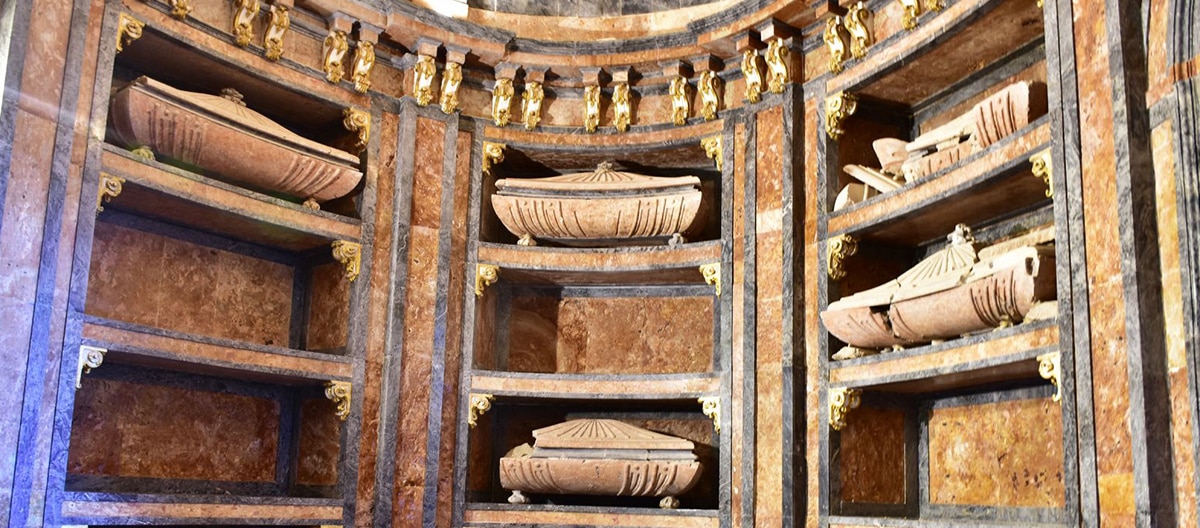
Between 1882 and 1916 a building was built that also attracts a lot of attention: it is the Pantheon of the Countess of Vega del Pozo and Duchess of Sevillano. At night it comes alive with lights and is a pretty sight.
On the other hand, if you like noble tombs I recommend you visit the Crypt of the Dukes of Infantado which is just like the Pantheon of the Kings in El Escorial. this crypt it is below the Convent of San Francisco.
This convent, also known as the monastery or fort of San Francisco, It was owned by the Templars and a military fort in 1808. It is uphill and on the way you can see the ruins of the wall. It is a very beautiful place, both outside and inside.

Inside it is very large and with an almost Spartan decoration, so the best thing is precisely what its base hides; the elegant and rich crypt.
Now, up to here we talked about what what to see in the city of Guadalajara, but beyond the city the truth is that The entire province of Guadalajara is very beautifulso here are some excursions or trips to do in Guadalajara:
If you visit Guadalajara from Madrid you will surely arrive by the A-2. You can go by car because in the center you won't have much difficulty locating the car and leaving it parked. In bus You can also get there and there is a service every half hour, by Alsa, and obviously, in train from Chamartín and then by commuter train from various points in Madrid, Atucha included, of course.
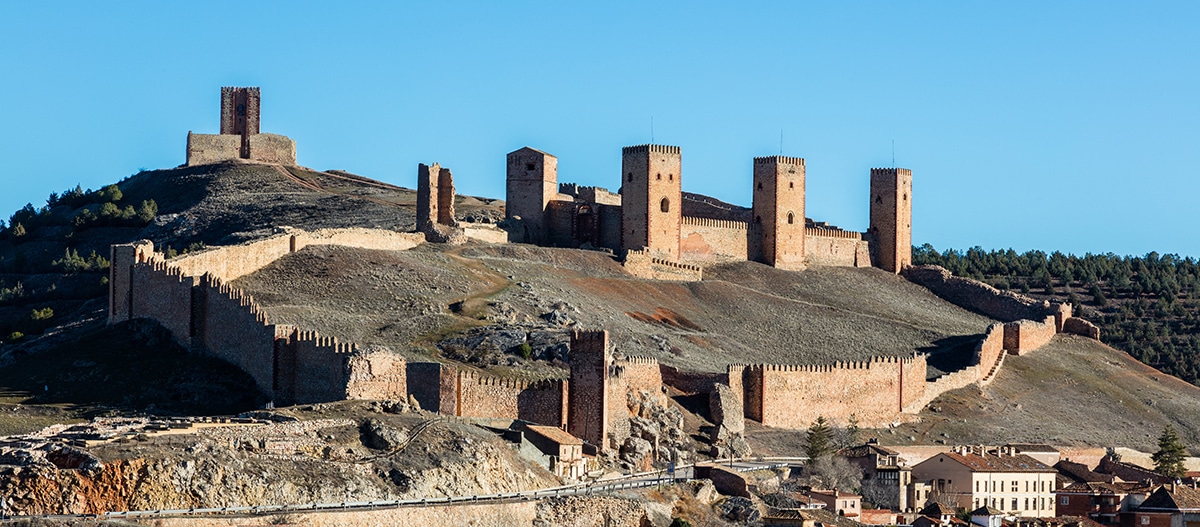
Now, using the A-2 you first pass through Molina de Aragón and you can know your stone castle, really huge. Another castle to visit and that at this point is very popular due to Game of Thrones is Zafra Castle. It seems that since its use for the popular HBO series the number of visitors has multiplied by five.
Obviously, we cannot stop naming Atienza, with its castle on top, as powerful as it is intimidating. For truly medieval destinations this one beats them all. Do not forget to visit the Plaza del Trigo, the Arrebatacapas arch and the Plaza de España, for example, its many churches, the local cemetery and of course, the beautiful landscapes around.
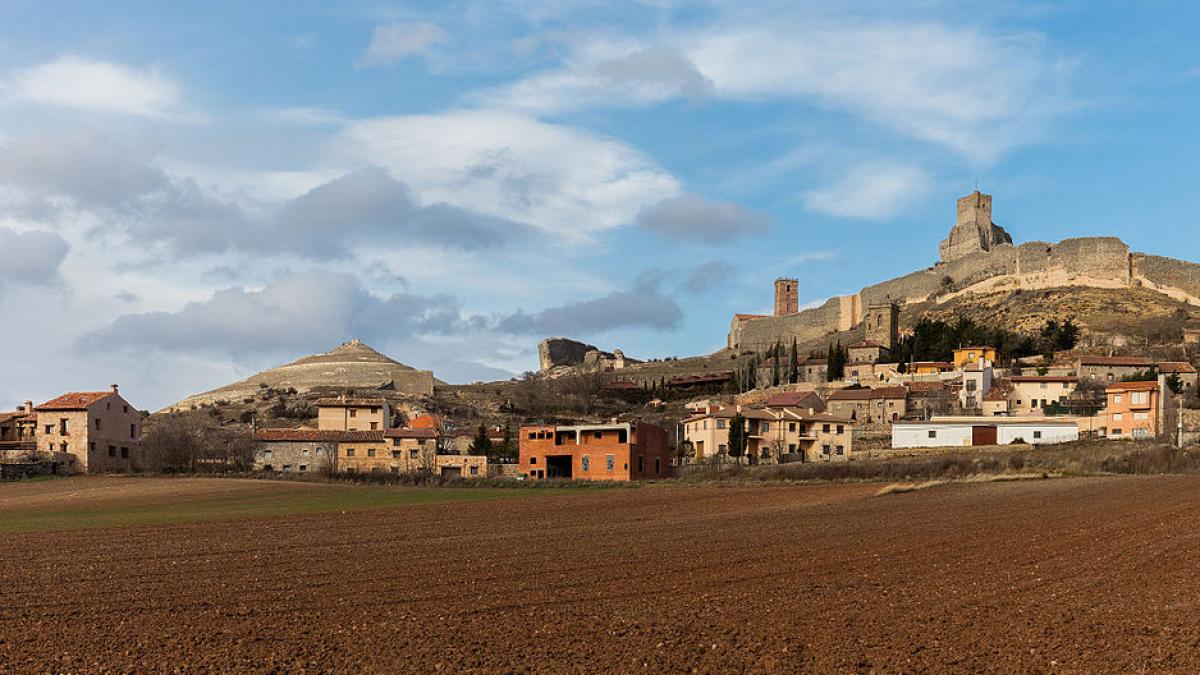
If you want to see landscapes and more landscapes then you can do the route from Guadalajara to Zorita de los Canes, the same as the Nobel Prize for Spanish Literature, Camilo José Cela, did in his "Journey to the Alcarria".

It will be a journey of discovery through small towns, hills and canyons in which you will pass through Tory, with its elegant castle, brihuega (with its lavender fields in bloom in summer), Cifuentes, Trillo furrowed by the Tagus, the swamps, Pastrana with its palatial urban architecture and at the end, Zorita de los Canes and the Visigoth recópolis.
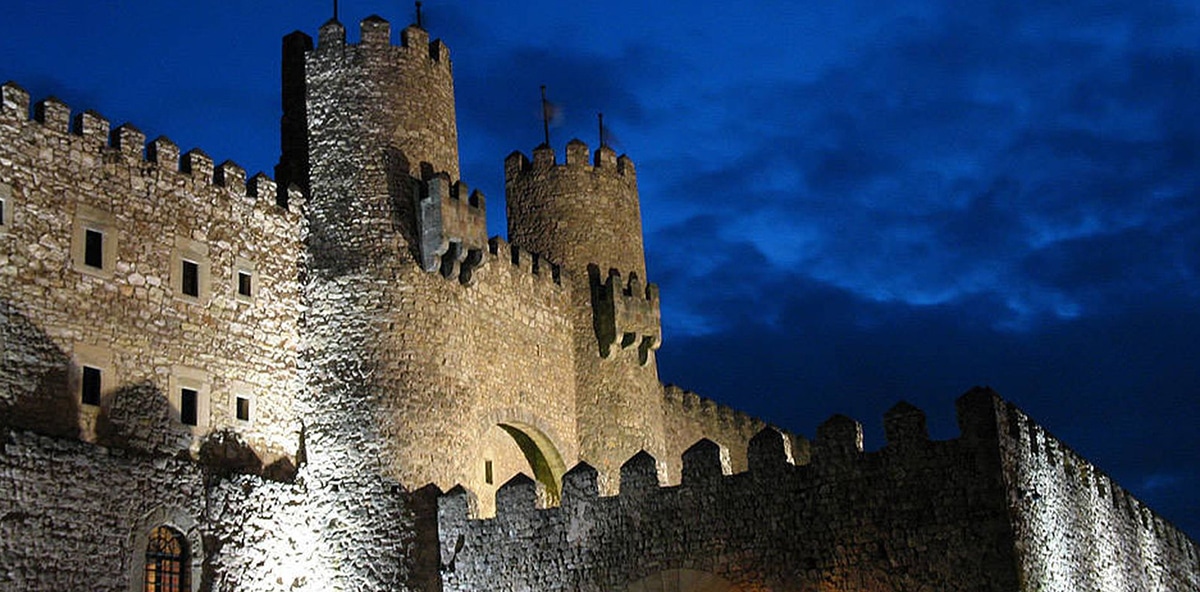
you can add Sigüenza and its cobbled streets, whose castle is today a National Parador, with its cathedral and town hall, the Alameda park and its Gothic and Romanesque buildings to admire. Beyond the city, the municipality is all a chest of treasures...
Finally, if you like walking, history and typical architecture you can do two rural routes to discover the black towns of Guadalajara. One is the route from Cogolludo to Valverde de los Arroyos, with two slopes; and the second is the route from Tamajón to Majaelrayo.